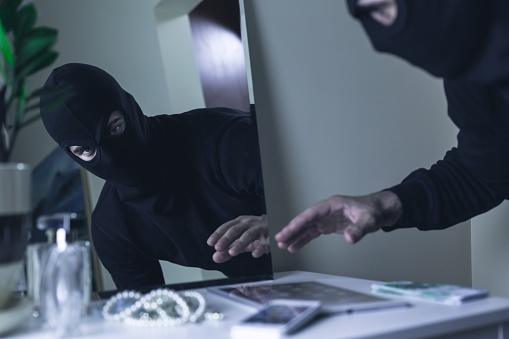Not a Perfect Ten

Imagine that someone had stolen all of your most treasured possessions – jewelry that had been passed down in the family for generations, paintings you had brought back from your trips, letters from your loved ones – and suddenly one day you find them all at a swap meet, being sold by a man you’ve never met. Almost everything sold at the meet is stolen property. Everyone knows that, and practically everyone who visits the meet does so for that specific reason. The organizers know this but they don’t directly profit from the transactions, and so they hardly ever take any action to tackle the rampant abuse. Without them, there would hardly be a market for stolen goods in your community.
Now, imagine that, while you would certainly have a case against the person selling or giving out your property, you couldn’t do anything to stop the organizers. The only way to do that would be to prove that someone who paid the entrance fee to the organizers came there just because of your old letters, your cherished paintings. Absent a patron coming forward and admitting to this specific intent, you couldn’t do anything and the organizers could continue to facilitate the sale of stolen goods. Surely this isn’t right?
Taken to its logical extreme, the principle set forth in the Ninth Circuit’s latest opinion concerning vicarious infringement seems to think it is. Normally, as noted by the Supreme Court in its seminal Grokster case, to prove vicarious liability in a copyright infringement case, a party has to show that the defendant financially benefitted from activity that they had the right and ability to control. But in its recently published opinion in the Perfect 10 v. Giganews case, the Ninth Circuit adopted a position, almost wholly unsupported by precedent, that a copyright owner has to prove that the financial draw of the defendant’s service is a direct product of the availability of the plaintiff’s specific works. In other words, according to this new doctrine, it isn’t enough for a plaintiff to prove that the service facilitates the exchange of a substantial amount of infringing material that makes the service attractive to a large group of people. Instead, the party harmed will have to prove that someone signed up for the service for the purpose of downloading specific copyrighted material.
The decision is both legally questionable and potentially lethal to any future vicarious infringement claim, especially for individual creators and small businesses. Various cases before and since the Supreme Court’s Grokster case, including the Ninth Circuit’s own Napster case, have indicated that the second prong of the vicarious infringement test – financial benefit – should be interpreted broadly. Indeed, in Napster, the Ninth Circuit said that the prong is satisfied if the availability of infringing material on the service acts as a draw and leads to increased content on the server and larger user-base. A contrary, narrower rule would force the copyright owner to search for a needle in a haystack. Proving that someone, anyone, signed up to a service simply because of one or two of your works that someone had uploaded there, is next to impossible. No user of online file sharing services would admit to that, even if the copyright owner would be able to find one by pure luck. In the meantime, the copyright owner’s works would remain available for everyone to download, causing irreparable harm to their interests as artists and creators. Even if the courts would accept something less, something more circumstantial, as evidence of vicarious infringement, that would still make keeping malicious and uncooperative file sharing services in check incredibly difficult – making earning a living from creating original art even more difficult in today’s world.
photo credit: KatarzynaBialasiewicz/iStock/thinkstock

